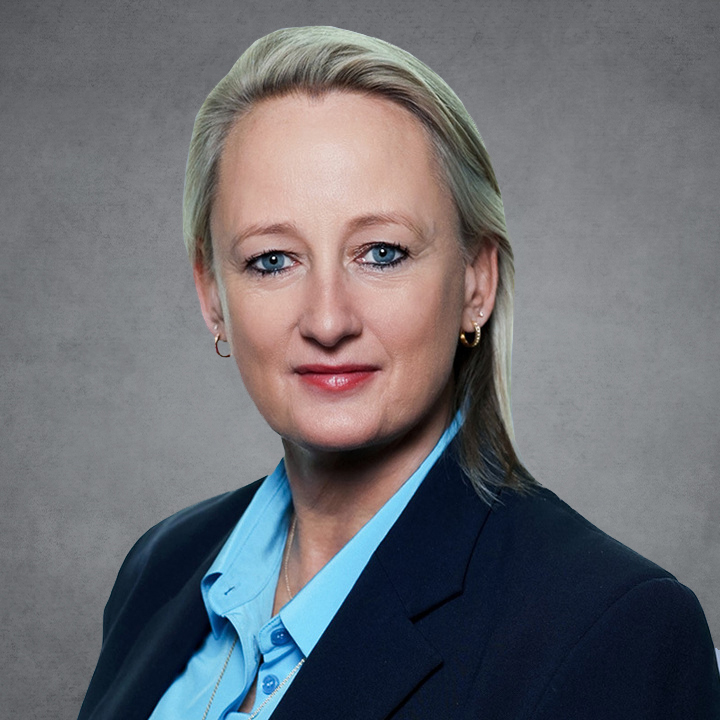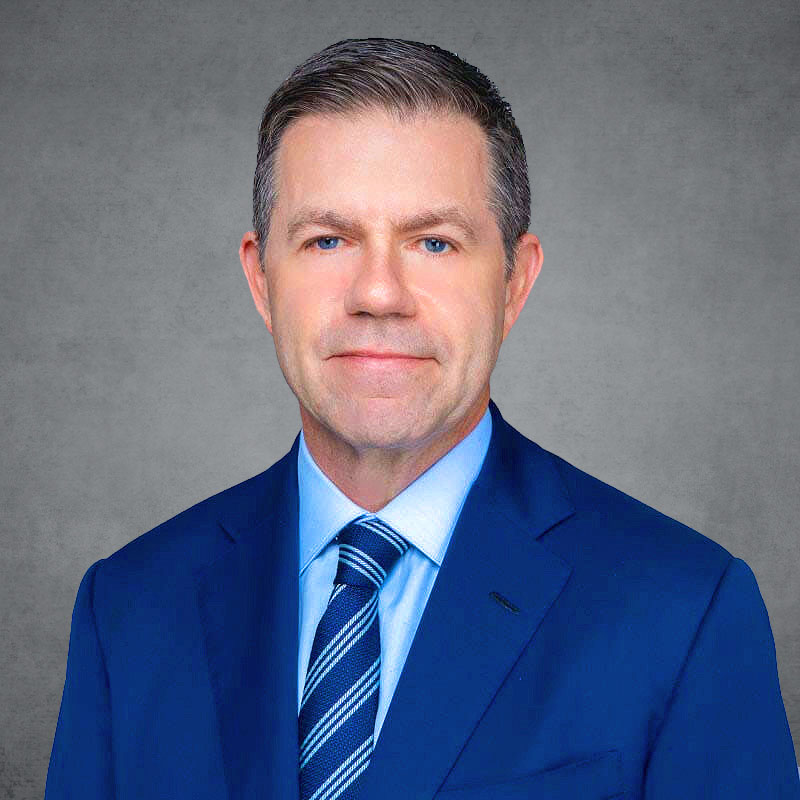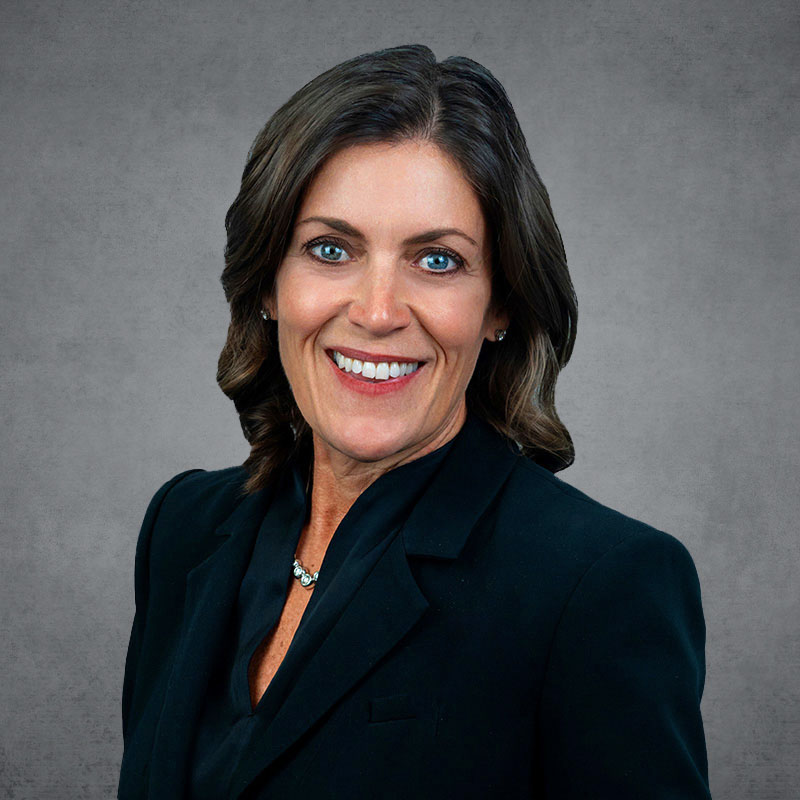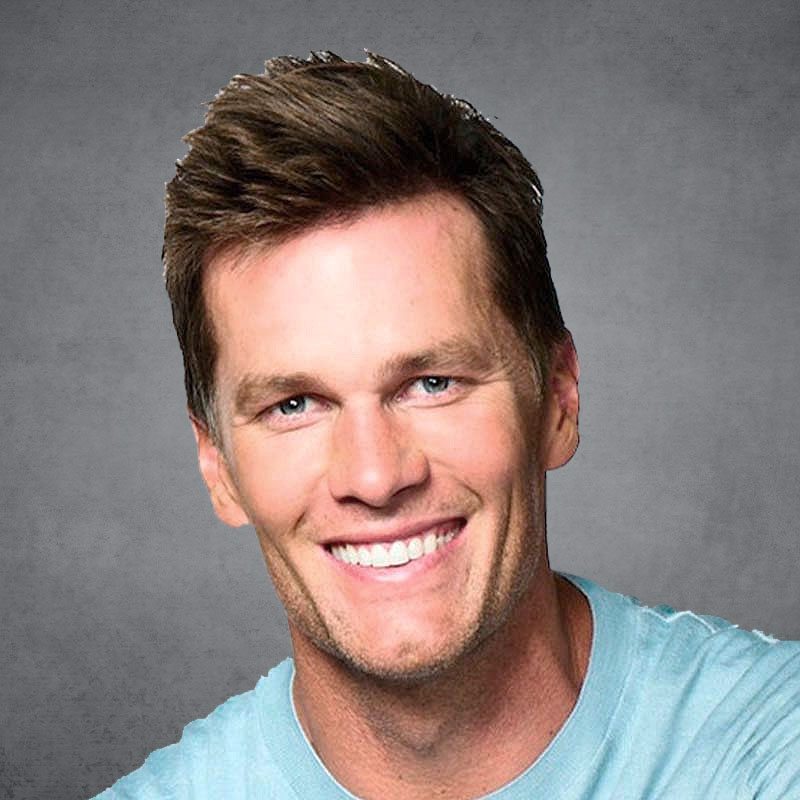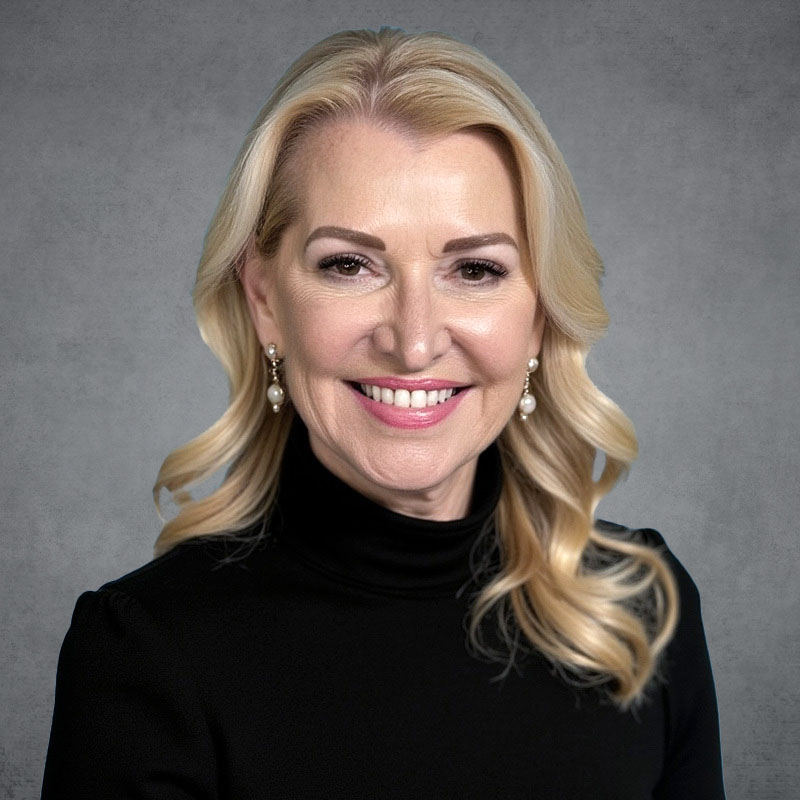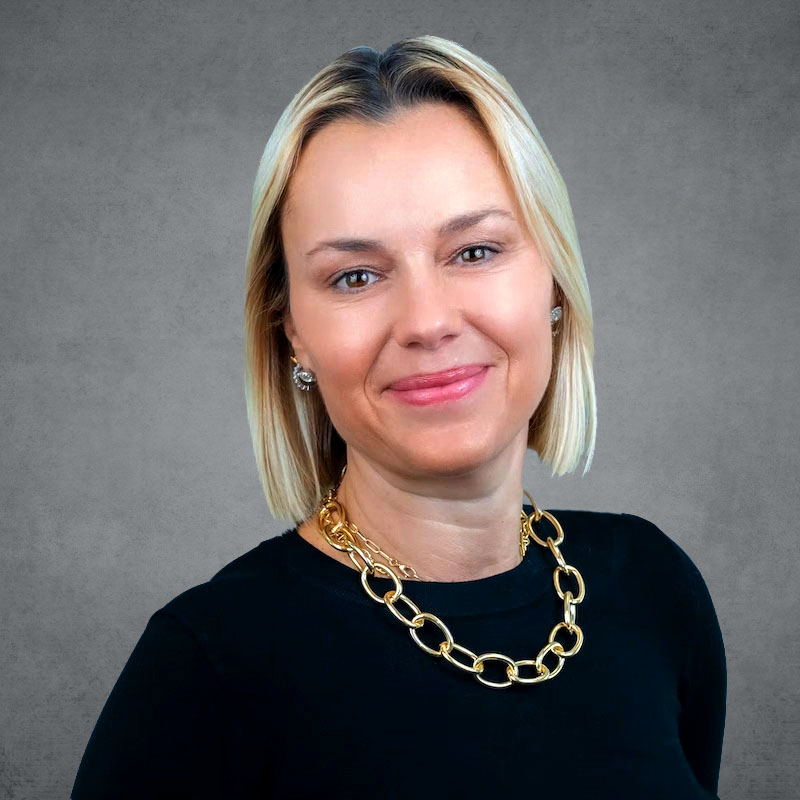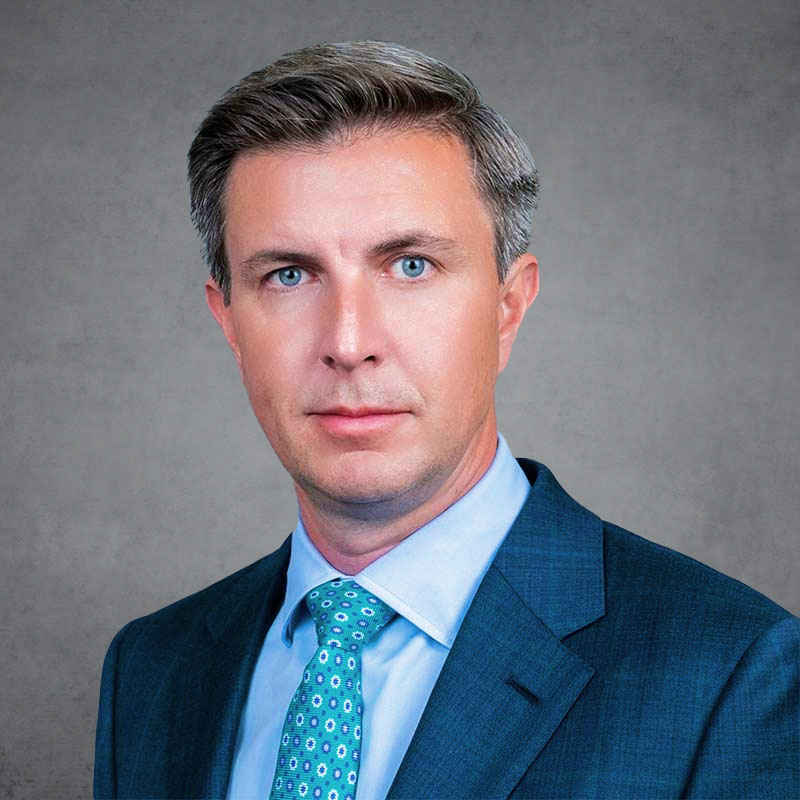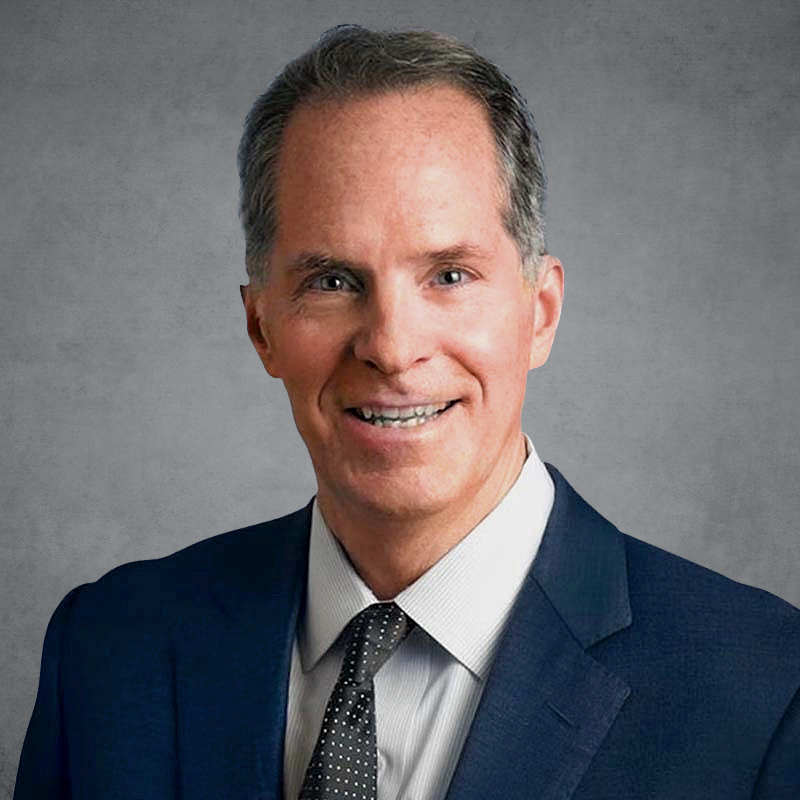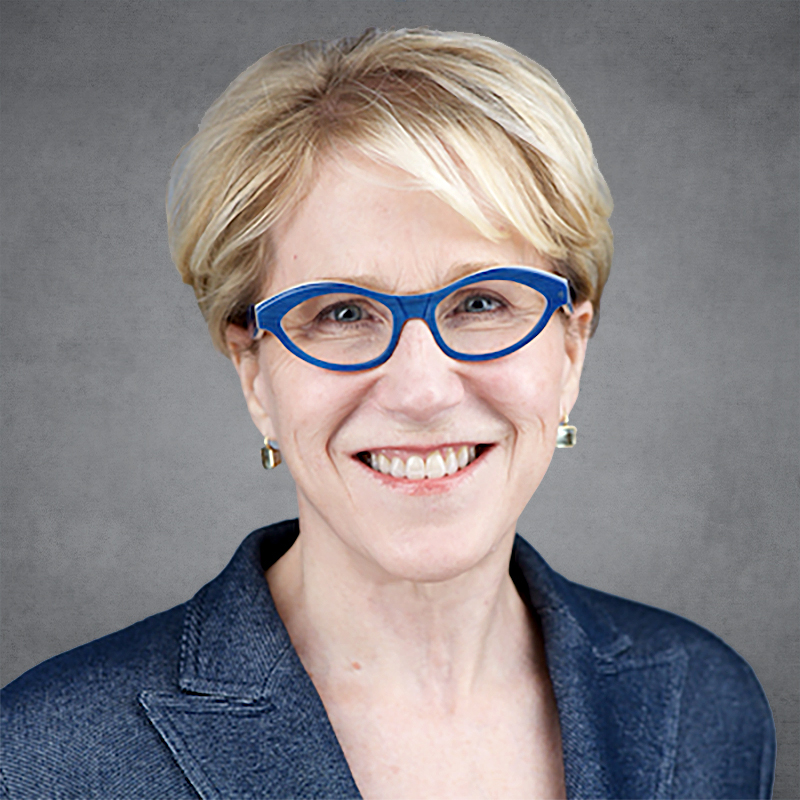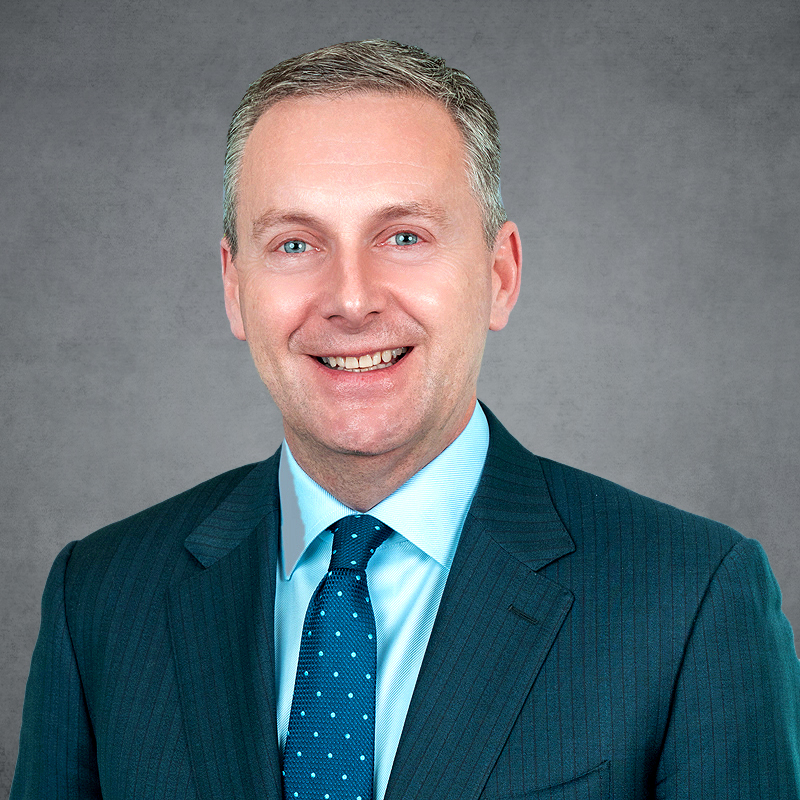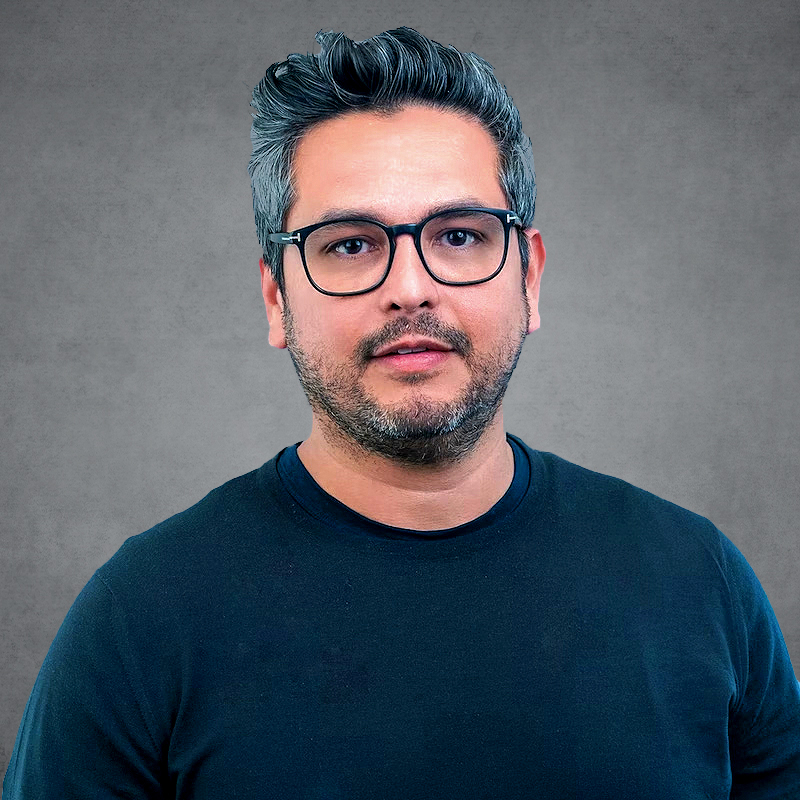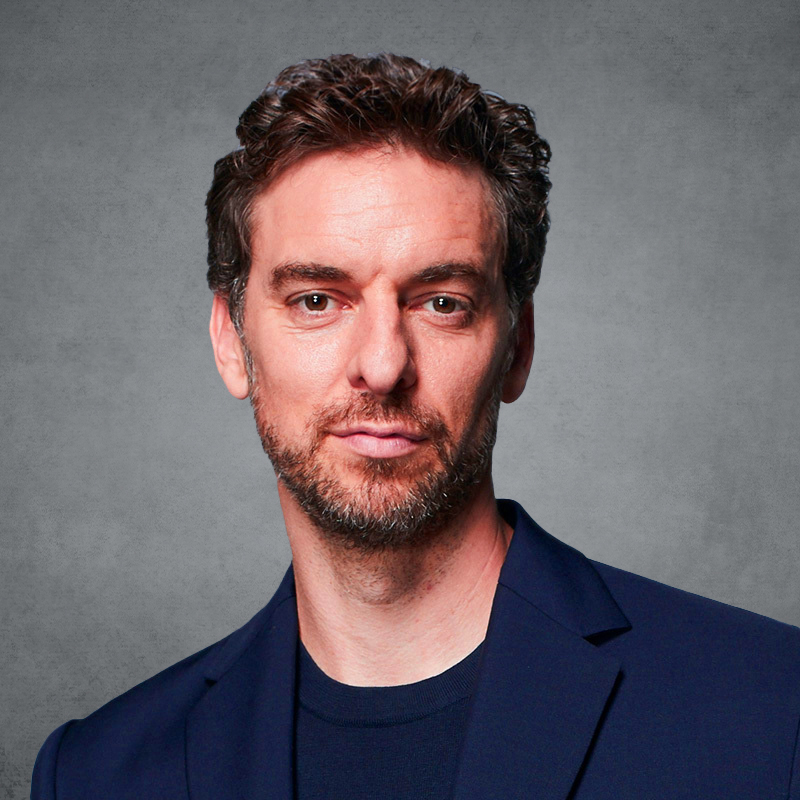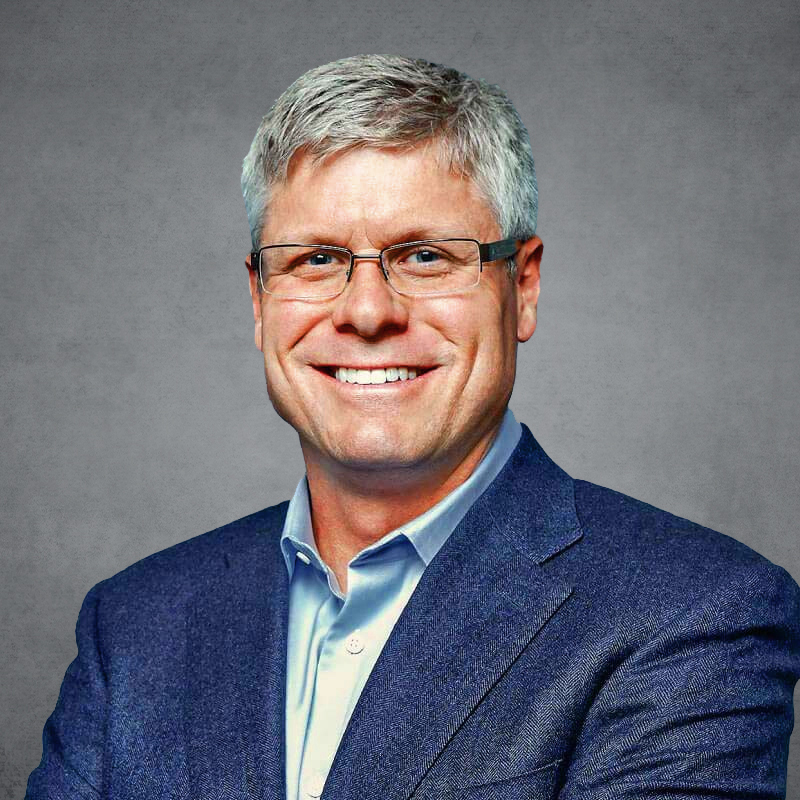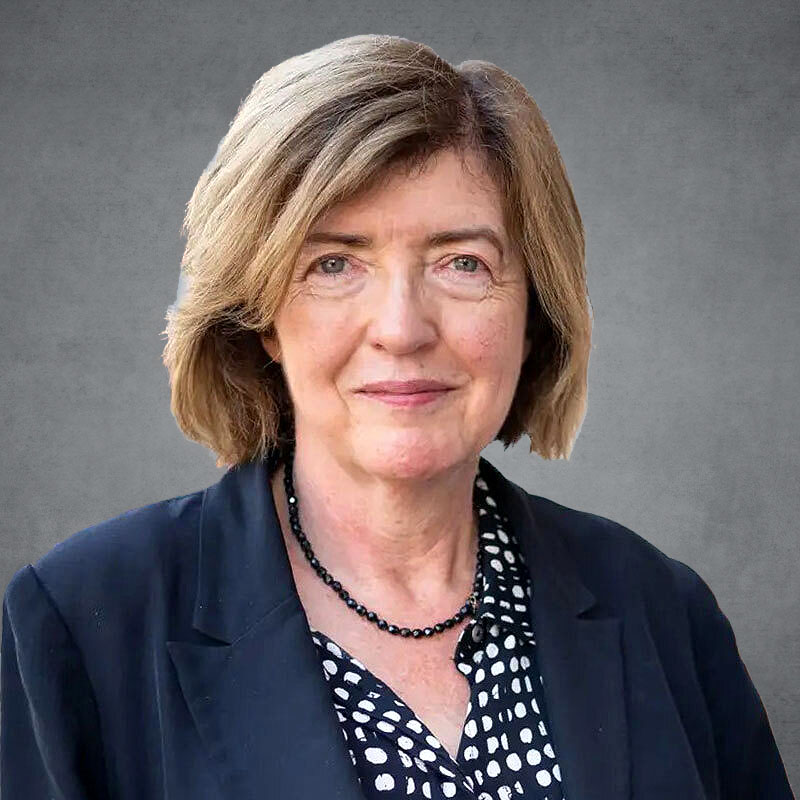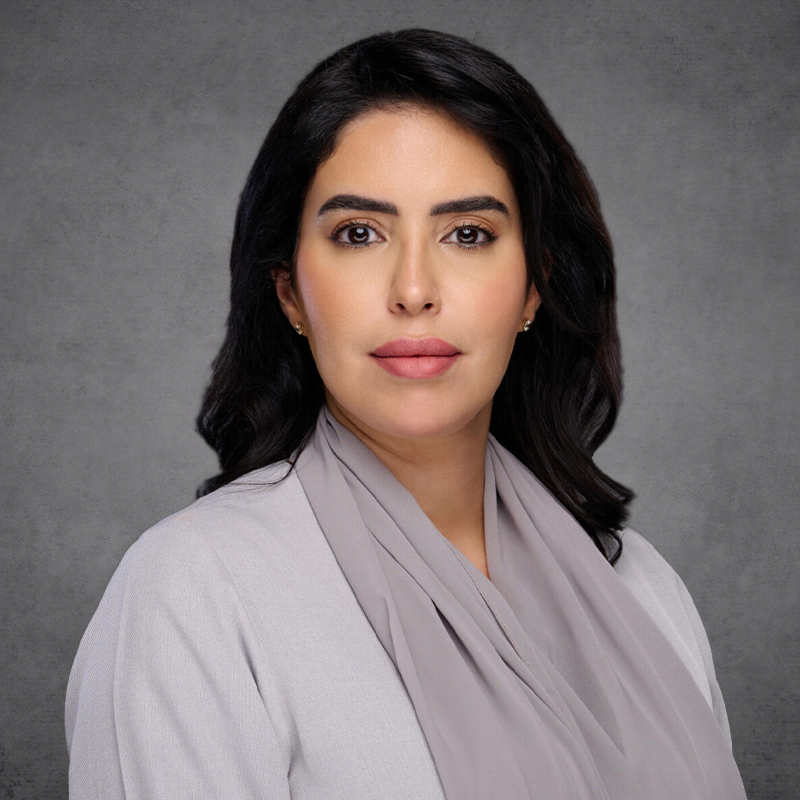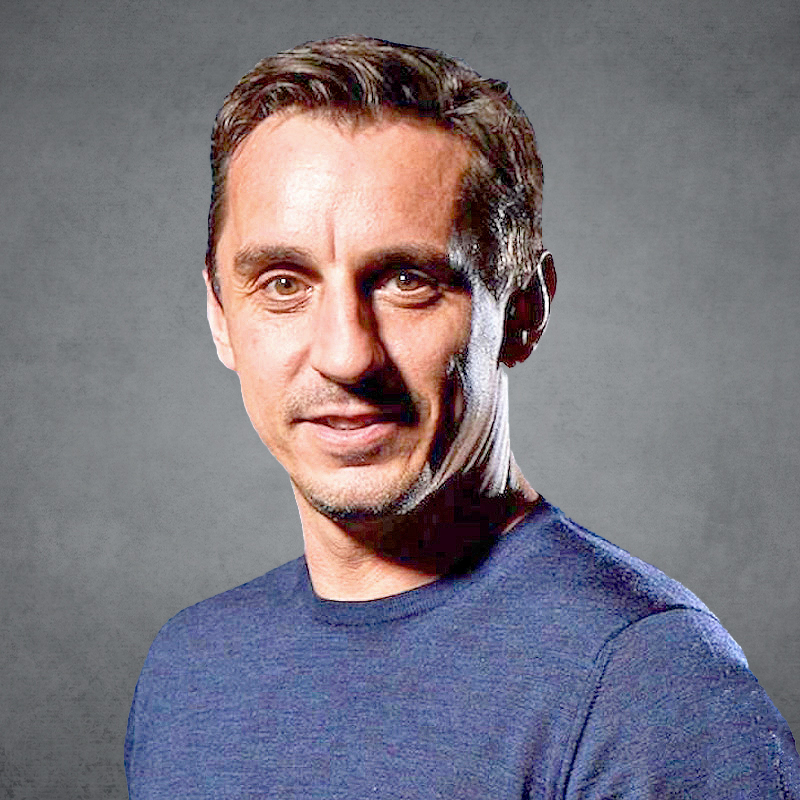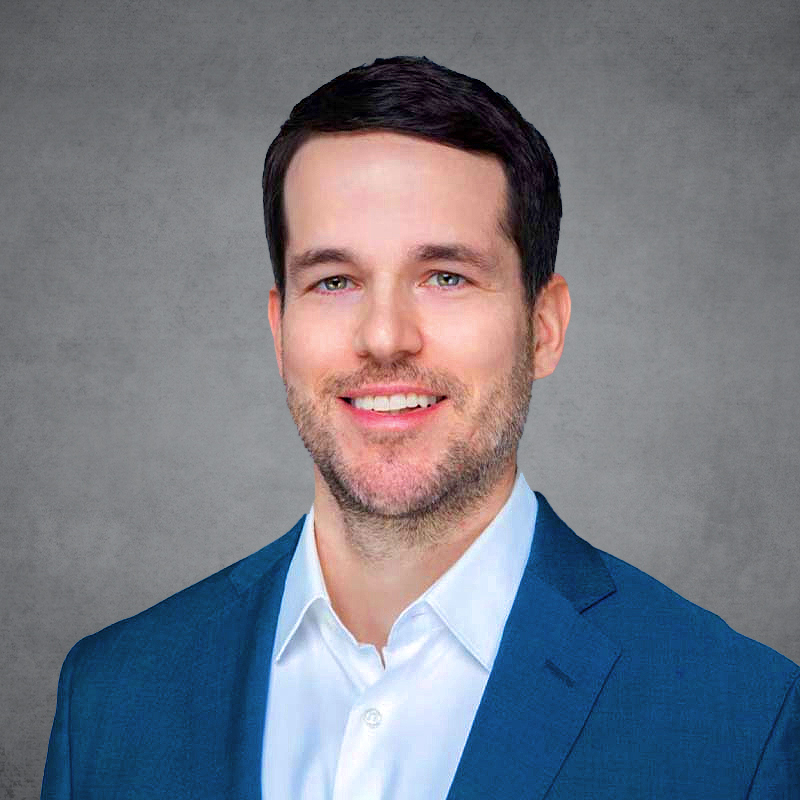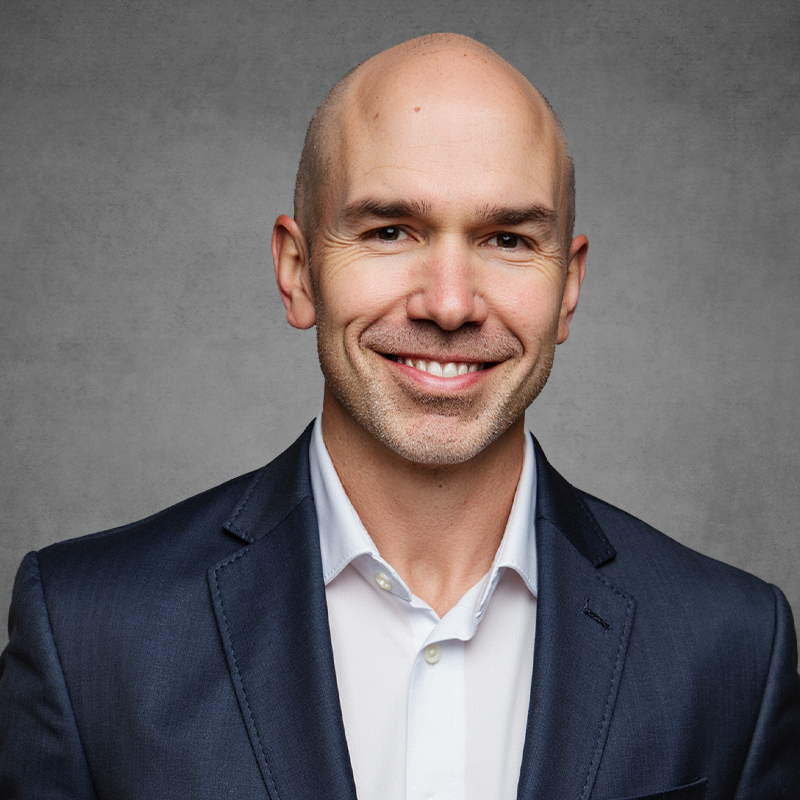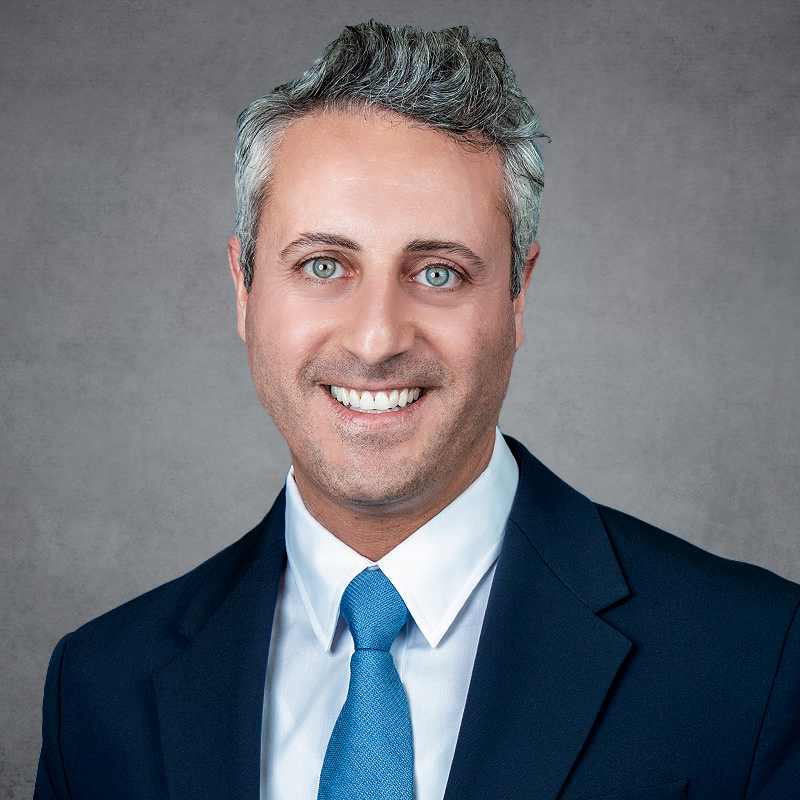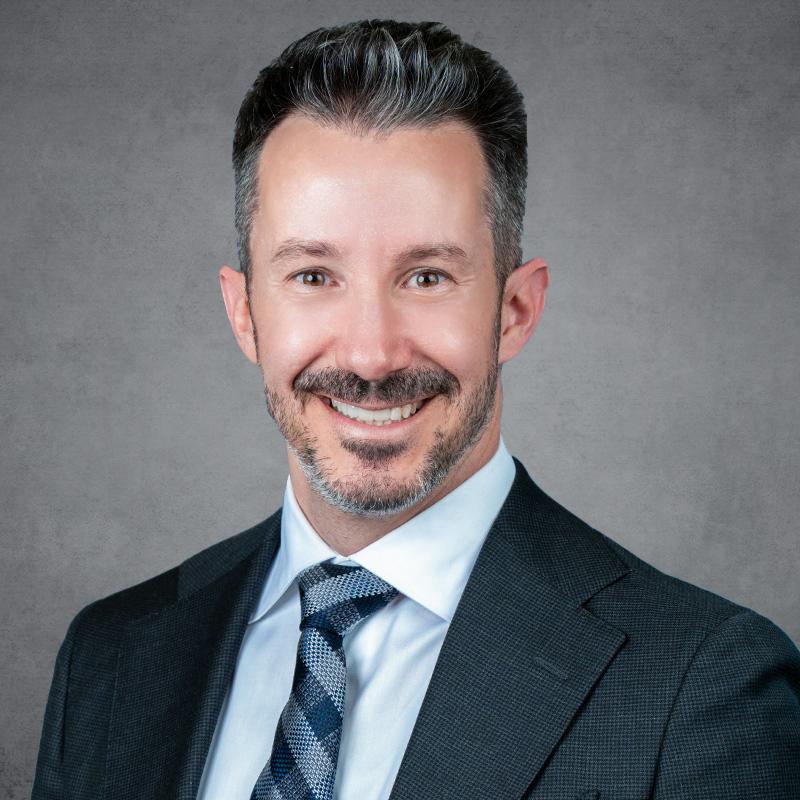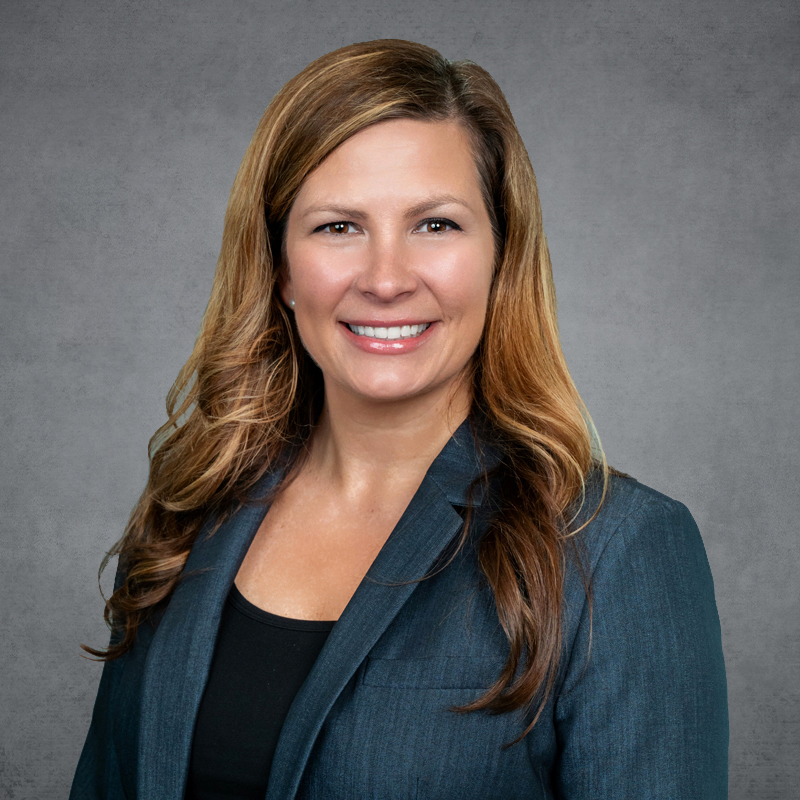Right Seats, Right Now: Cultivating Your Leadership Ecosystem for Today and the Future


Executive Perspectives
When I’m parachuted into the boardroom of an organization that’s missed its financial targets two quarters in a row, the pattern is almost always the same: strategy decks are immaculate, the market thesis is sound, yet the people who have to turn plans into profit sit in seats that don’t quite fit. A digital first CEO trying to run an asset-heavy turnaround. A chair whose governance chops dwarf his or her go to market intuition. A CFO turned COO who dislikes operators. Sometimes, the problem isn’t individual capability, it’s chemistry. Even a boardroom of rock stars can underperform if trust is low, feedback is scarce, or conflict gets smoothed over instead of surfaced.
Mismatch, more than mis strategy, stalls momentum.
After two decades advising CEOs and boards at some of the world’s most complex organizations at McKinsey, Google, and elsewhere, I’ve learned to treat leadership capability and composition as a design problem. That design is the boards to shape, and on the CEO and executive teams to activate. Who belongs at the table to unlock next year’s value and beyond, and how do you refresh that mix before gaps harden into missed targets?
It’s been fashionable for years to talk about the “war for talent”; but in my experience, talent is less like a war zone and more like an ecosystem. The most resilient organizations treat talent like a living system, one that needs careful cultivation and refreshment, cross pollination of perspectives from both inside and outside the organization, and the right environmental conditions to thrive. This isn’t a semantic tweak; it’s a fundamental re orientation of how leaders build lasting success.
Below are the five questions I ask boards and executive leadership teams to gauge the health of their talent ecosystem. They look simple on paper, yet they unerringly surface hidden gaps in succession, capability, and culture.
Q QUESTION 1: ARE YOUR BOARD AND EXECUTIVE ALIGNED AND FUTURE-FOCUSED?
A strategic plan travels only as far as the people carrying it, which is why the first diagnostic asks whether the board and C suite operate as a single, future focused unit. It’s the Chair’s job to build the board, and the board’s job to pick the CEO. The CEO, then, needs to build the alignment and translate into an effective operating rhythm and execution.
Start by looking at strategic fit: the collective expertise in the boardroom should reflect where the company is heading, not where it has been. Recent moves show how seriously leading organizations are taking this mandate: Amazon added AI pioneer Andrew Ng1 to its board to sharpen its competitive edge in machine learning and cloud innovation; CVS Health expanded its board with healthcare and finance leaders after strategic engagement with investors;2 and Boeing appointed former Vanguard CEO Tim Buckley to strengthen financial oversight during a pivotal recovery period.3 In each case, the board matched leadership muscle to forward momentum, aligning expertise with the company’s most pressing strategic inflection points.
But matching résumés to roadmaps isn’t enough. Momentum also depends on chemistry and cadence, the quality of debate and the speed with which disagreement resolves into unified action. Stalled decisions, or worse, polite consensus that hides divergent priorities, are early warnings that the operating rhythm is out of tune.
Finally, for critical executive seats, gauge succession readiness. Future ready boards and nominations and governance committees work on the assumption someone vital may step aside tomorrow, so they – through the CEO and CHRO – nurture at least one successor for every mission critical seat and rehearse transitions under real world pressure. When a leader does leave, the organization stays on tempo instead of scrambling for a replacement.
Balanced, forward oriented leadership rarely happens by accident; it’s designed, nurtured, and inspected on purpose. Map next year’s imperatives against today’s roster, and refresh roles or relationships wherever the picture blurs.
Q QUESTION 2: DOES TODAY’S TALENT PORTFOLIO MATCH TOMORROW’S CAPABILITY MAP?
Strategic ambitions collapse when organizations lack the right capabilities at the right time. Transformation initiatives, market pivots, and technological shifts all require specific skills that can’t be improvised overnight.
Forward-thinking boards ensure that the systematic capability mapping is conducted at the executive level. Executives project what expertise will be critical 18-36 months ahead, then assess whether it exists in sufficient depth today. Ford, for instance, anticipated that electrification would demand deep battery innovation capabilities. Well before EV adoption reached critical mass, they established Ion Park, a dedicated center of excellence bringing together 150 cross-functional experts to accelerate battery and cell technology development.4
Treat the exercise like capital allocation: first, overlay next year’s strategic bets on today’s leadership skill inventory. Where a spike is missing, say geopolitical fluency ahead of an emerging-markets push, or synthetic biology expertise before a consumer health pivot, decide whether to import it (search), incubate it (upskill), or redeploy latent talent already in-house. Crucially, whatever you add must integrate fast. Ford didn’t silo battery experts in R&D; new capabilities were embedded close to core operating rhythms so they could influence decisions early and often.
This systematic approach requires discipline most organizations lack. Effective boards treat capability development as a strategic imperative rather than an HR function. They ask their CEOs probing questions:

Capability mapping isn’t a workshop but a living dashboard. The most disciplined nom-gov committees revisit it quarterly, right alongside capital plans, so money, mandate, and muscle stay in lockstep as the strategy evolves.

Mis match, more than mis strategy, stalls momentum.
- Alice Breeden | Managing Director, Consello Talent
Q QUESTION 3: DO YOU KNOW WHERE FUTURE VALUE IS TAKING ROOT?
Most boards track headline metrics religiously yet overlook the smaller, often unofficial teams already generating disproportionate value. These “hidden value gardens” might be a skunkworks initiative, a high-performing sales territory, or a product feature gaining unexpected traction.
Forward-looking companies are learning to spot and scale these bets early. Ford’s Team Edison, for instance, was carved out to focus exclusively on electric vehicles and ultimately delivered the Mustang Mach-E, repositioning the company as a serious EV player.5 Adobe’s Kickbox program gives any employee a budget and a blueprint to test new ideas, no permission required.6 These initiatives began as internal bets, not balance sheet line items, yet they’re shaping how these giants compete and evolve.
The lesson: leadership must identify and nurture these value gardens before they appear on quarterly dashboards. The most effective boards run regular “value drives” where they:
- Identify anomalies: Which small teams are driving outsized impacts or growth rates?
- Remove constraints: Do these teams have the decision rights, resources, and organizational protection they need?
- Amplify talent: Who are the key individuals powering these engines, and how might they be unleashed further?
- Create succession plans: If these teams suddenly doubled in importance, who would lead them?
- Scan the horizon: Which external rising stars are worth keeping on the radar so you can stay connected, informed, and ready when it’s time to refresh the bench?
Boards can set the expectation and ask the questions but it’s the executive team’s responsibility to surface, resource, and scale these hidden bets.
If you can’t name your organization’s three most promising hidden value gardens, and the key talent growing them, you’re likely overlooking tomorrow’s competitive advantage.
Q QUESTION 4: ARE YOU CURIOUS? LISTENING AND ACTING ON SIGNALS FROM BEYOND THE BOARDROOM AND C-SUITE
Every organization claims to value ideas from the shop floor – or equivalent – yet most lose the signal before it hits the board pack. At Audi, employee-driven improvement suggestions generated nearly €109 million in savings in a single year,7 proof that frontline insights, when captured and acted on systematically, can create real enterprise value. That windfall wasn’t luck; it was design. Audi had already embedded feedback mechanisms, suggestion programs, fast-tracked evaluation processes, and decision rights for local innovations that allowed grassroots ideas to travel upward and translate into operational gains at scale.
Boards that consistently harvest these gains look for one thing above all in CEOs and C suite hires: a curiosity reflex. Leaders who default to asking, “What are we missing?” keep learning systems open and agile. In practice, they schedule field immersions, invite high potential managers to strategy off sites, and bake discovery metrics such as time with customers, ideas trialed, and experiments shipped into executive scorecards. Their operating rhythm makes it impossible for valuable anomalies to die in middle management limbo.
Nom-gov committees can audit this muscle quickly: trace the last three grassroots innovations that moved the needle. How fast did each travel upward? What budget and career upside followed? If you can’t answer, you’re under-investing in the listening infrastructure and likely overestimating leadership agility.
Curiosity isn’t a “nice to have.” It’s a capability moat. Hire for it, measure it, and reinforce it until frontline insights power decisions at the very top.
Q QUESTION 5: ARE YOU RUNNING A LEADERSHIP FACTORY OR A LEADERSHIP LOTTERY?
Look at Goldman Sachs, McKinsey, or the old GE: their alumni are scattered across boardrooms and C suites worldwide. That dispersion isn’t accidental brand equity; it’s the byproduct of an intentional leadership factory system designed to overproduce senior ready talent and export the surplus. Every time an alumnus takes a CEO seat elsewhere, the mothership gains an inside track on markets, deal flow, and intelligence.
Factories share four design traits. First, they deliberately overproduce: for every mission critical seat, at least one and often two successors are in flight, rotating through stretch roles and shadowing seasoned operators. Second, they circulate leaders externally without burning bridges. Departures are celebrated, not punished, because the network effect that returns insight, partnerships, and reputation far outweighs the short term loss. Third, they run leadership development like a sales pipeline: succession analytics sit on the same dashboard as revenue forecasts, refreshed monthly, debated hard, and tied to incentives. And fourth, they keep a sharp eye on the external market, benchmarking talent, staying close to rising stars, and bringing in high-impact individuals or teams to reinforce capabilities at pivotal moments.
Contrast that with a leadership lottery, where the next CEO is chosen only after a vacancy appears, the org launches an emergency external search, and internal benches resemble single thread dependencies. The cost shows up in prolonged searches, jolted cultures, and opportunity lost while competitors accelerate. What’s missing isn’t just a name, it’s a continuously updated map of internal talent, developed with intention and ready to step in now or grow into future-critical roles.
Building a factory takes time, but every step compounds: each high potential hire, each rotation, each alumni success adds another layer to a self reinforcing system that turns talent into a durable strategic asset.
DON’T JUST FIGHT FOR TALENT – CULTIVATE IT
The five questions above share one premise: talent isn’t a trophy to hoard but a living system to cultivate. When boards swap the old “war” mindset for an ecosystem lens, three things change:

Put simply, the organizations that keep winning are the ones that make leadership composition as dynamic as the markets they serve. A practical starting point: schedule a quarterly or at minimum biannual ecosystem review where the board and nom gov walk through these questions, refresh the capability map, and pressure test whether today’s roster can carry tomorrow’s strategy.
If an external lens helps, bring one in. What matters is that the conversation happens, stakes are clear, and actions follow. Mapping external talent is just as vital as developing internal pipelines; the strongest ecosystems do both in tandem. Talent ecosystems either evolve by design or erode by default; the choice is entirely in leaders’ hands.
The views and opinions expressed herein are solely those of the individual authors and do not necessarily represent those of The Consello Group. Consello is not responsible for and has not verified for accuracy any of the information contained herein. Any discussion of general market activity, industry or sector trends, or other broad-based economic, market, political or regulatory conditions should not be construed as research or advice and should not be relied upon. In addition, nothing in these materials constitutes a guarantee, projection or prediction of future events or results.
